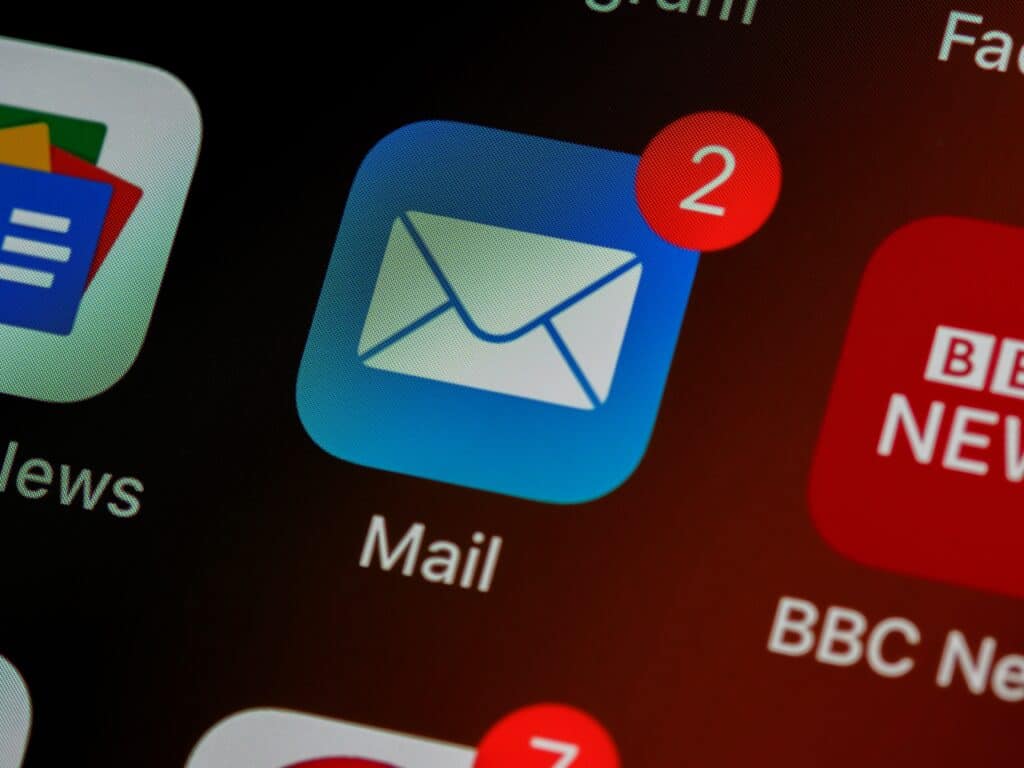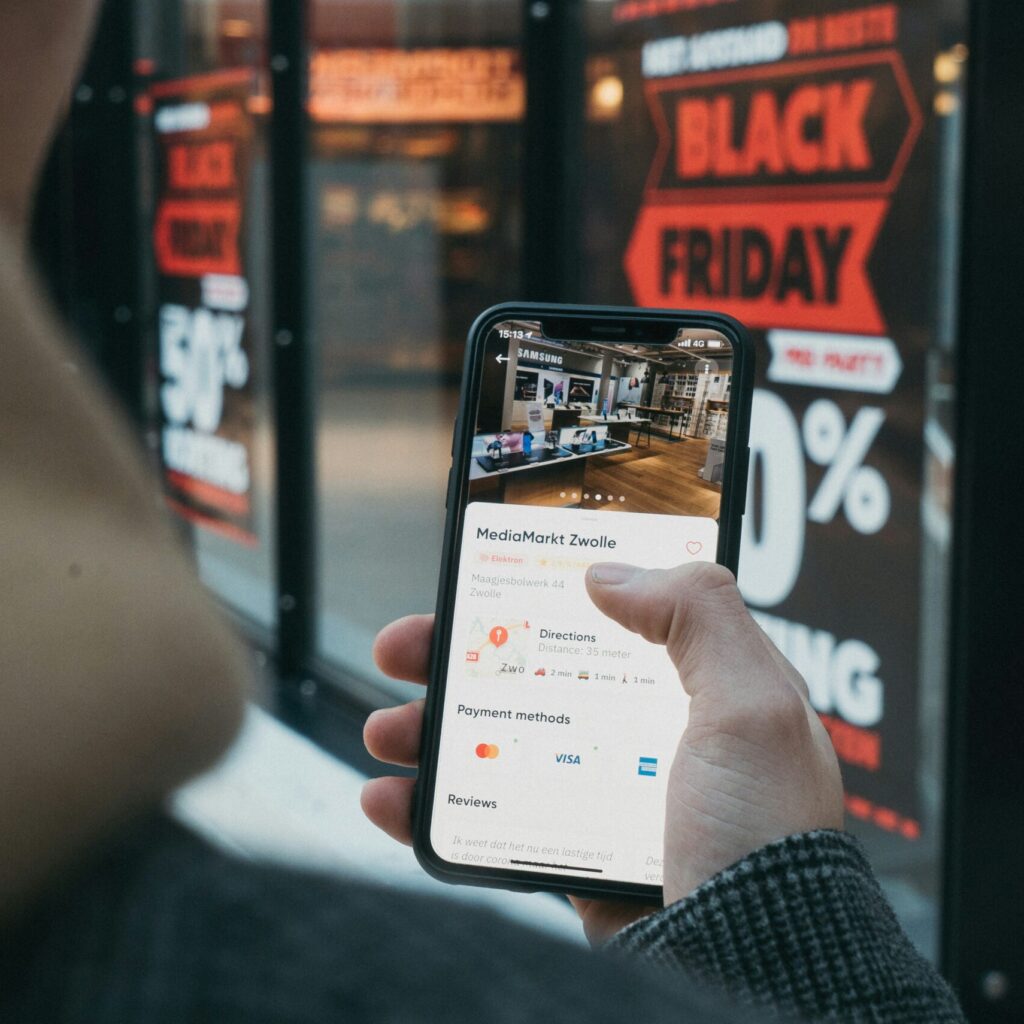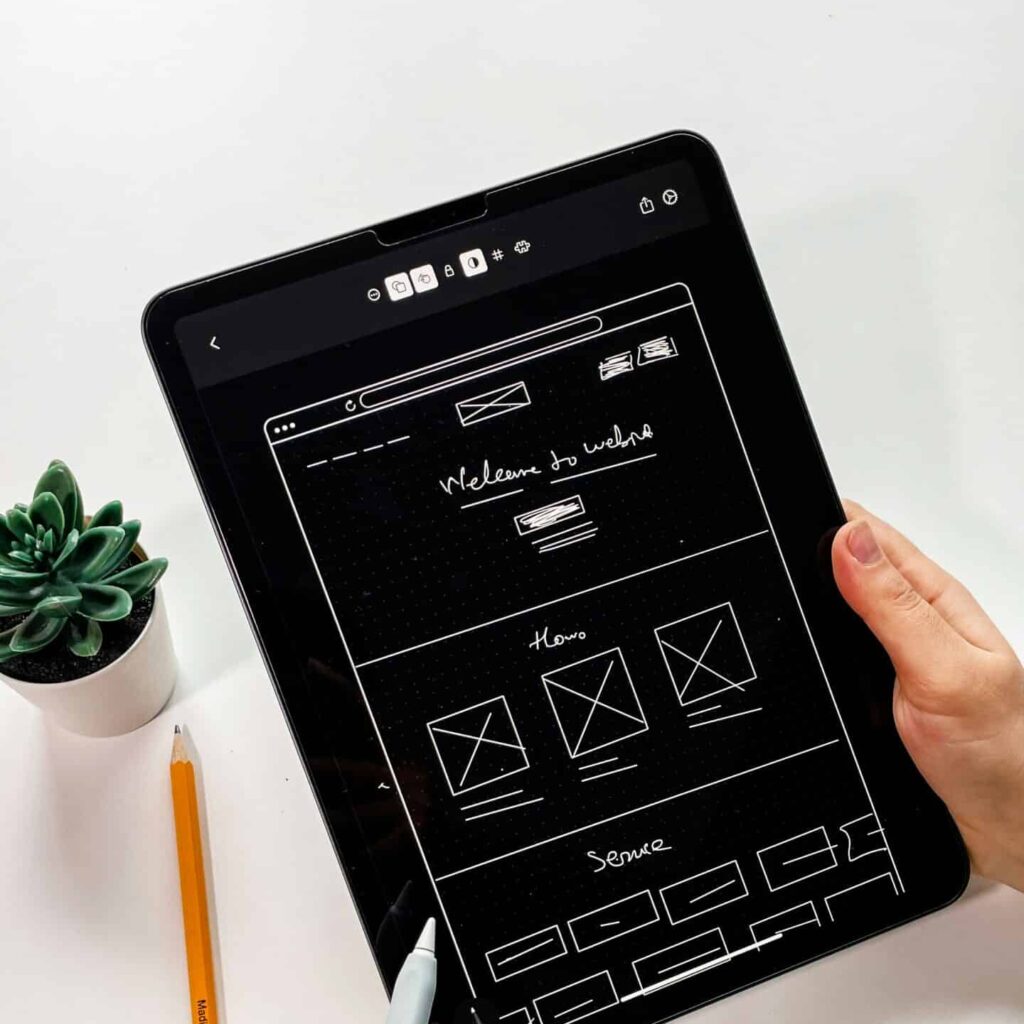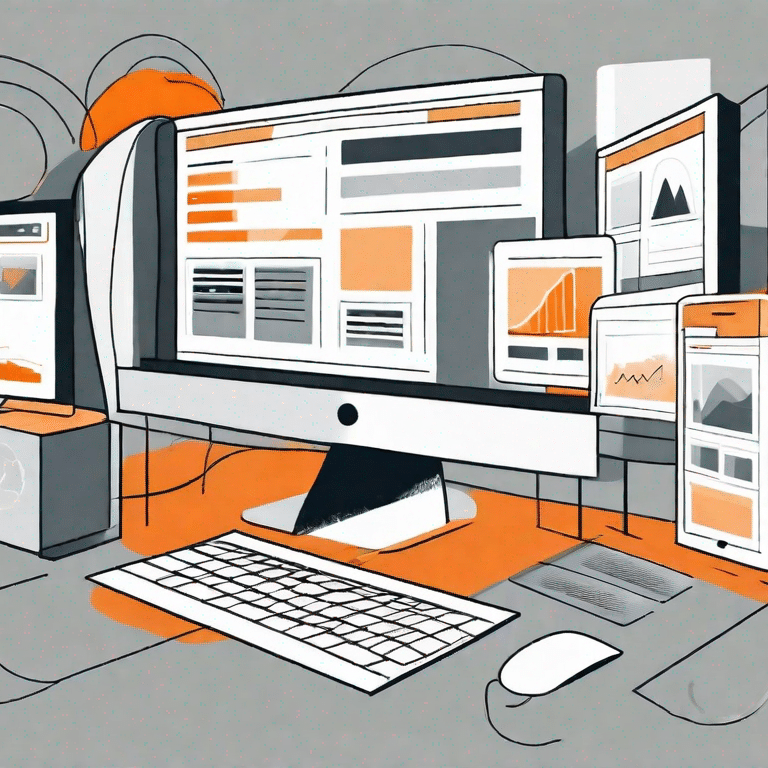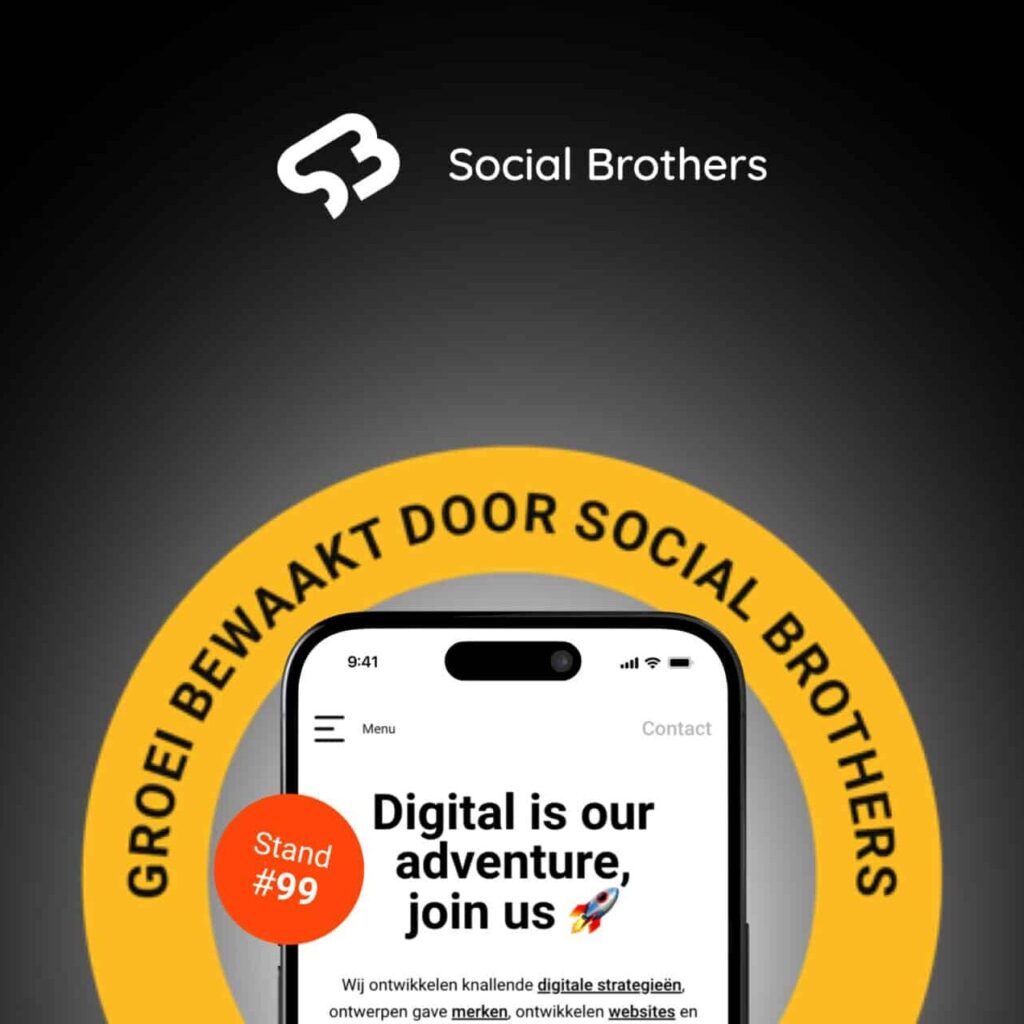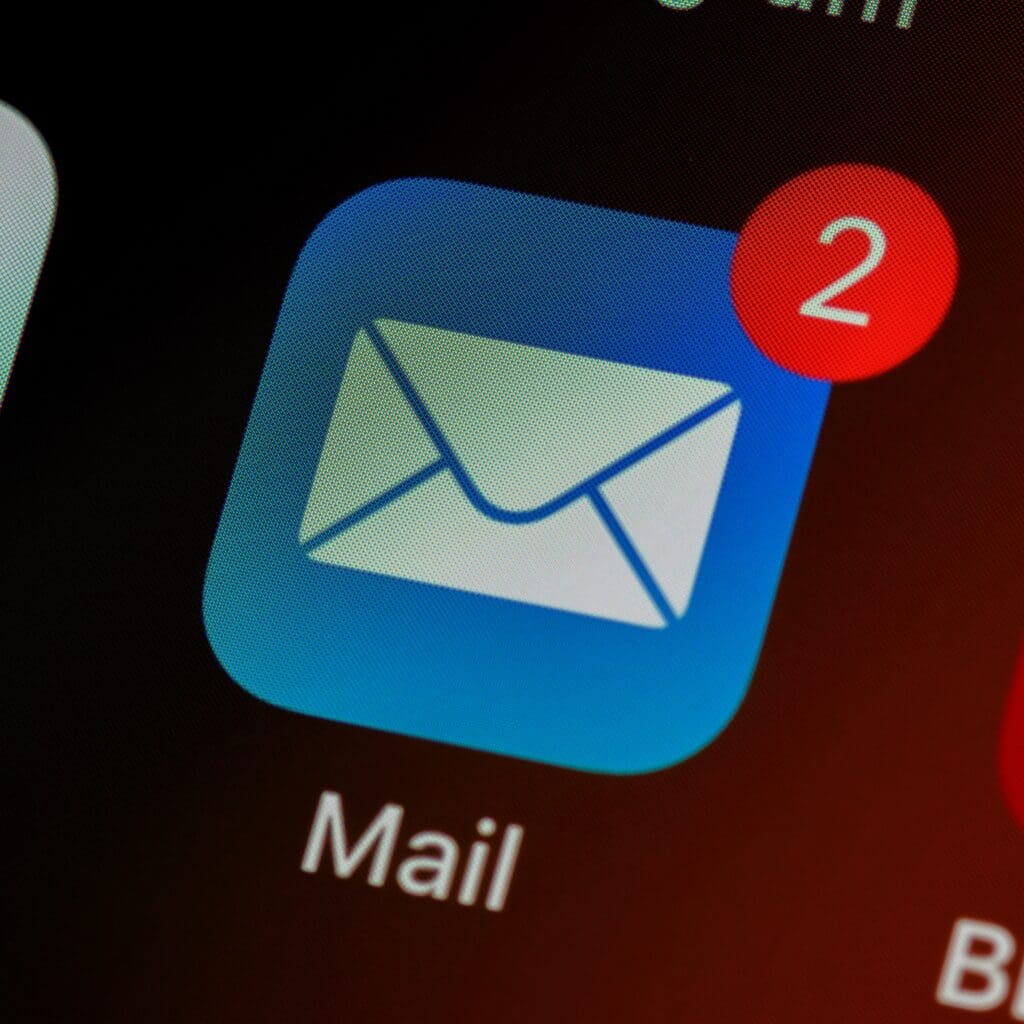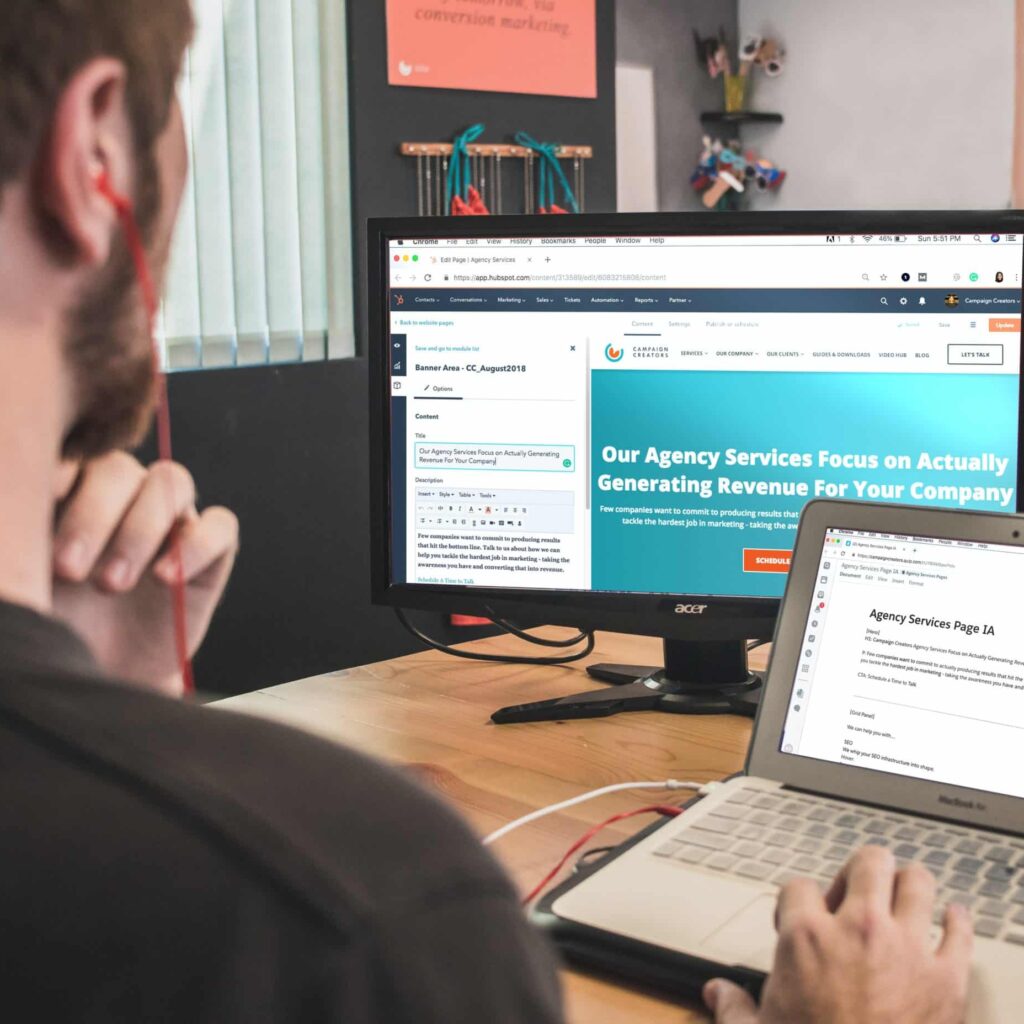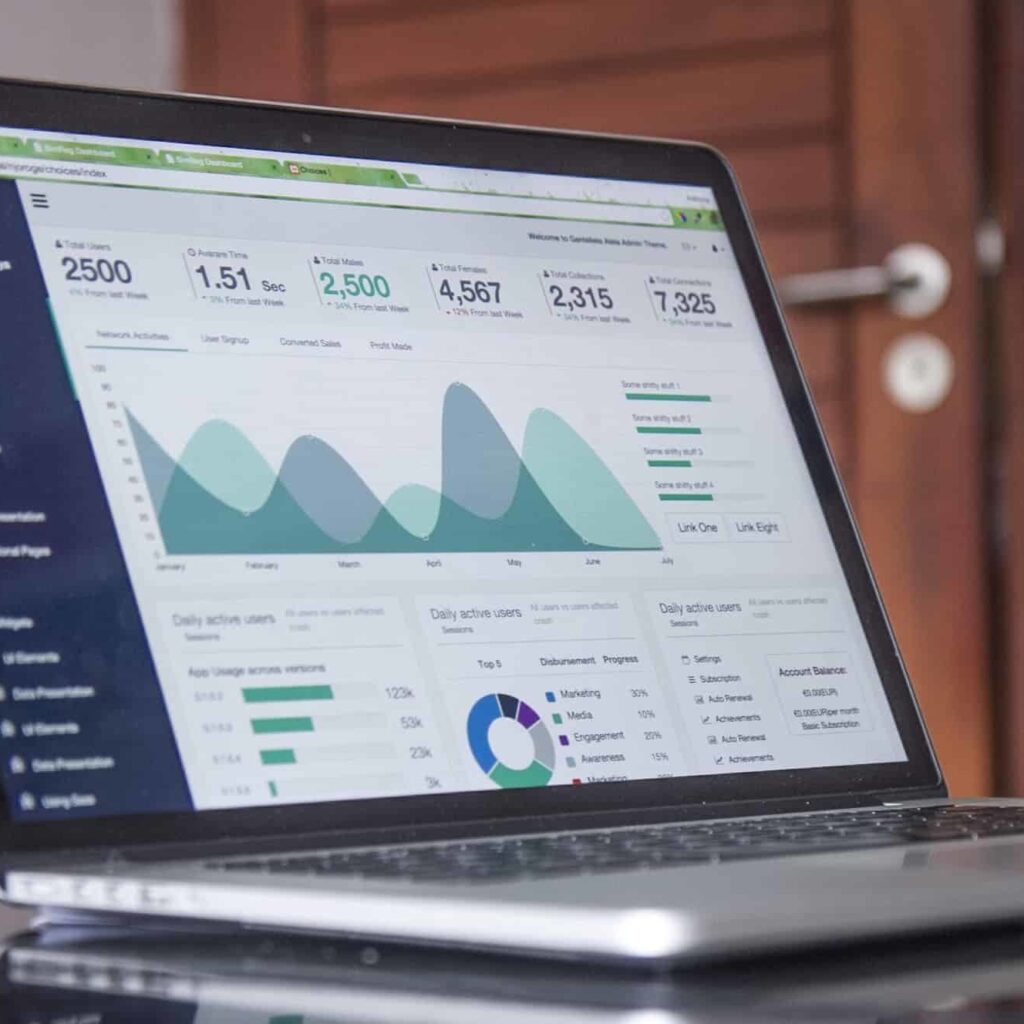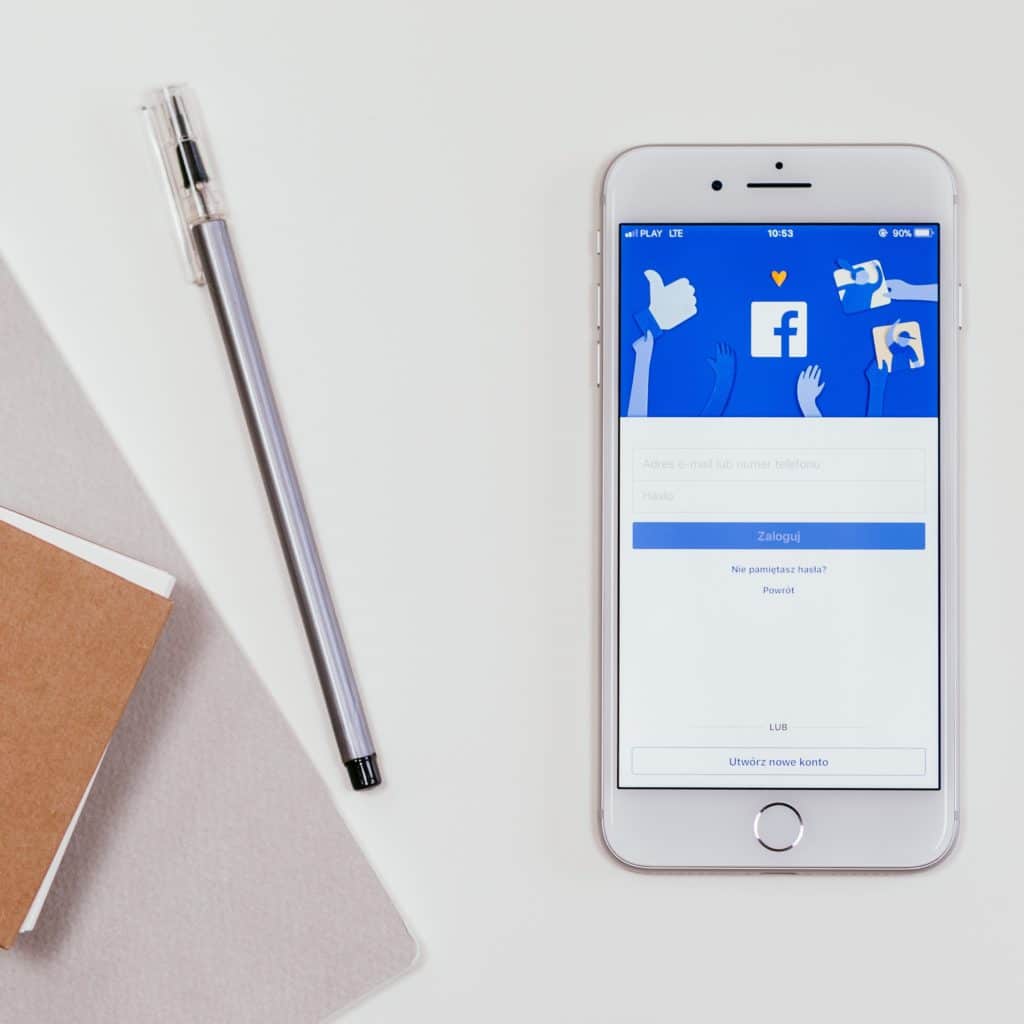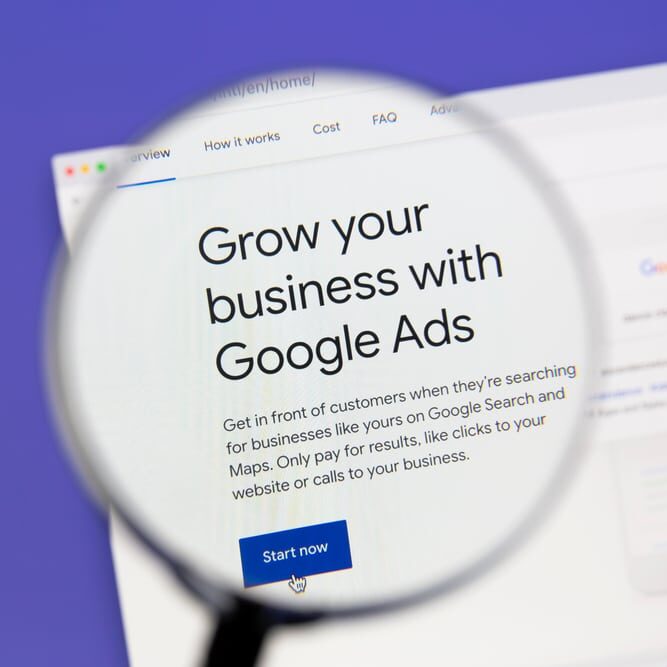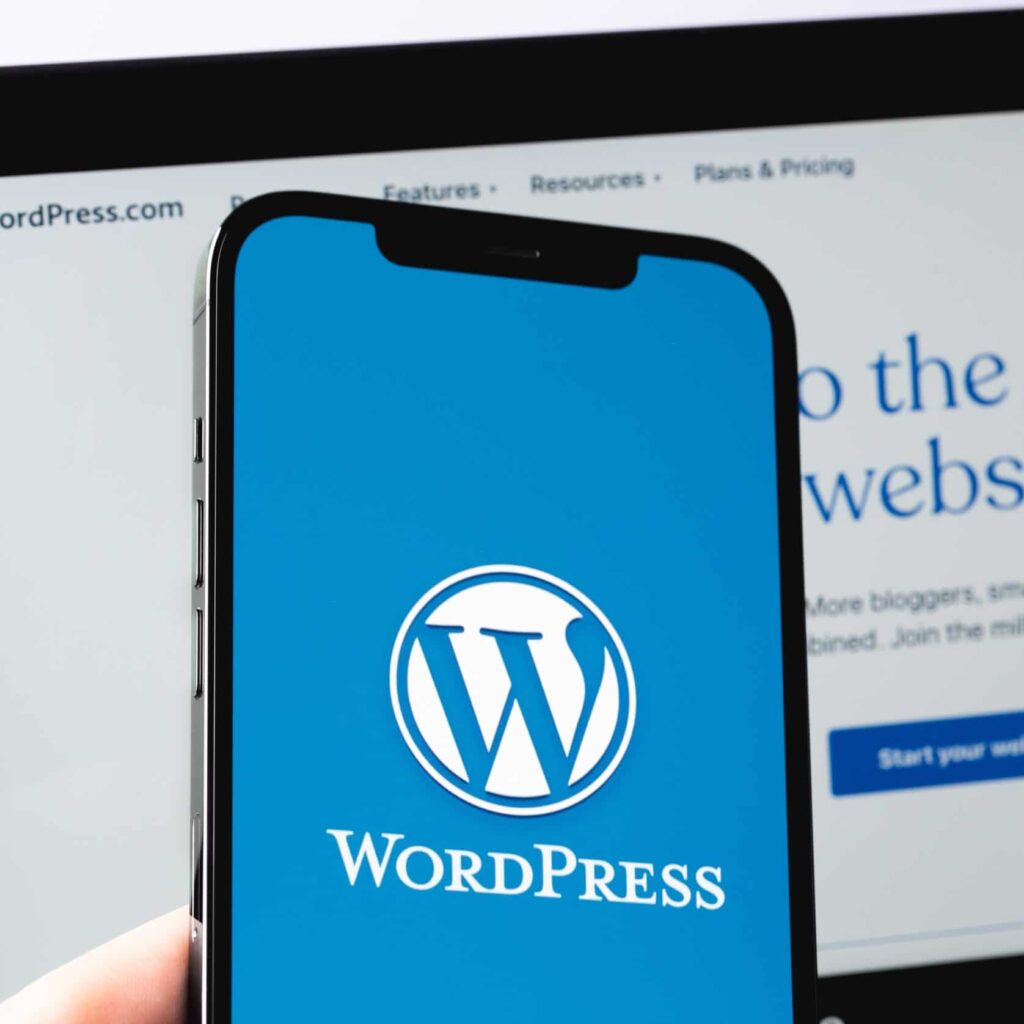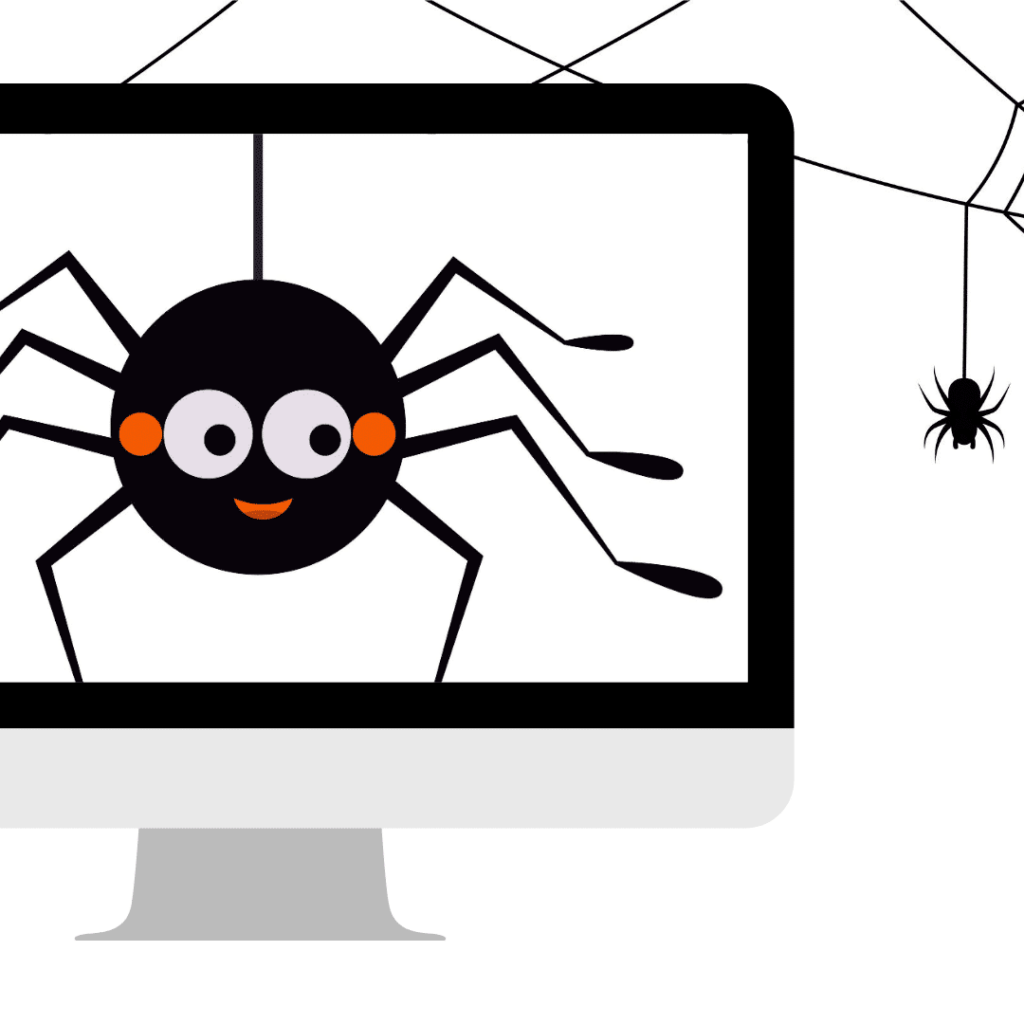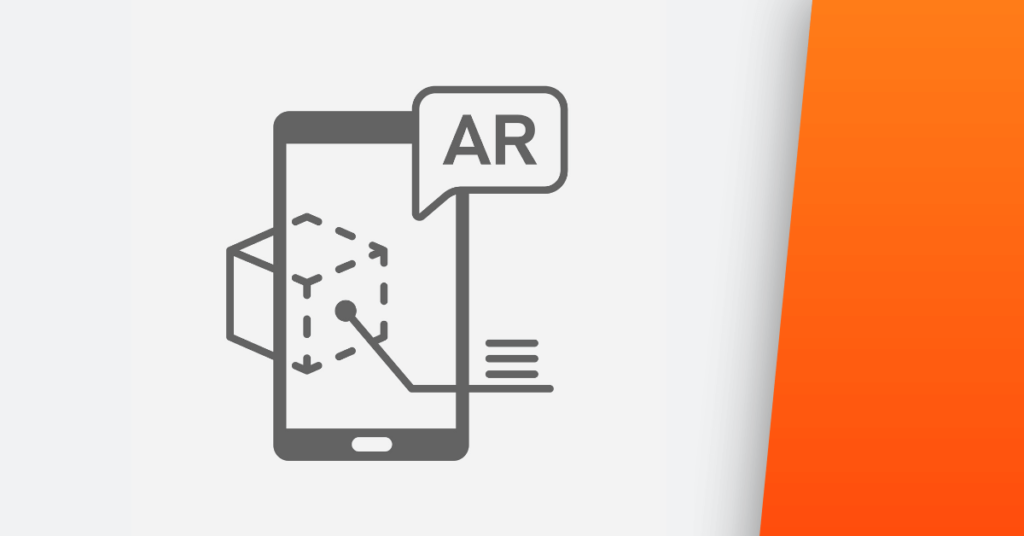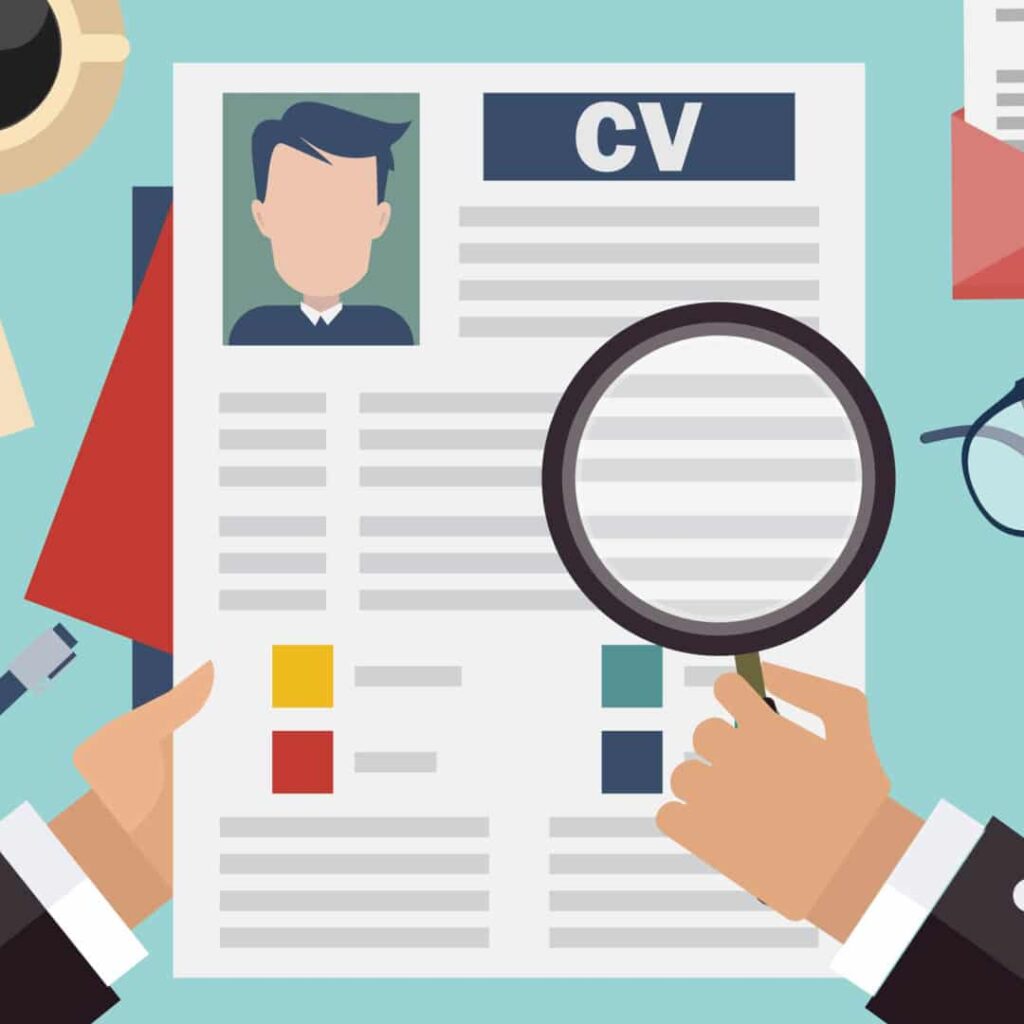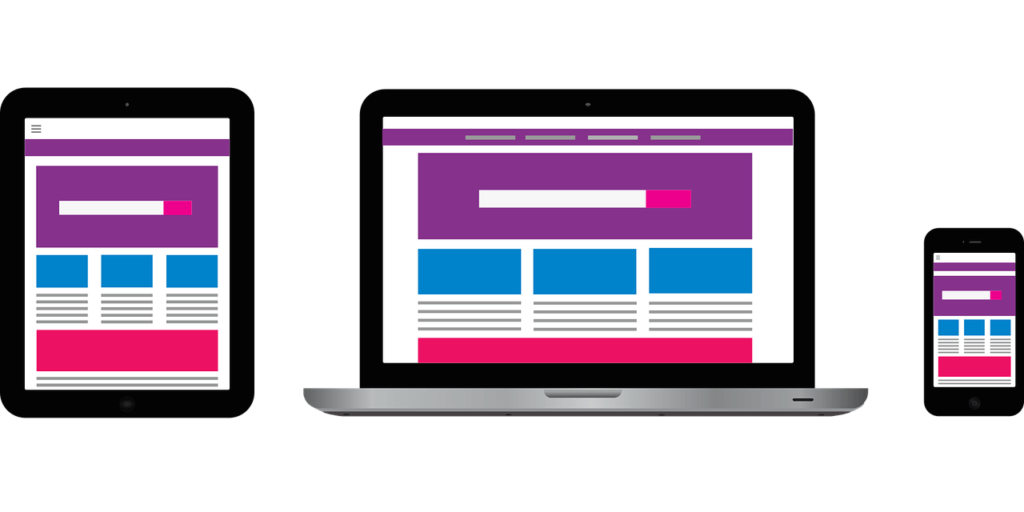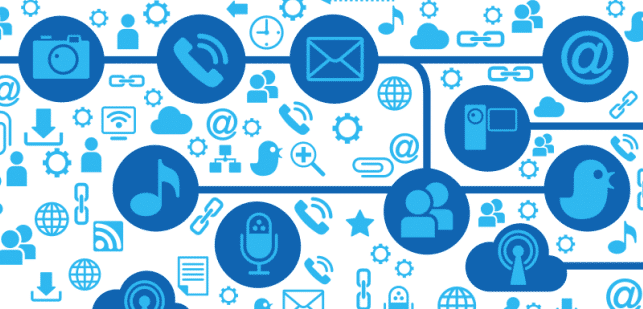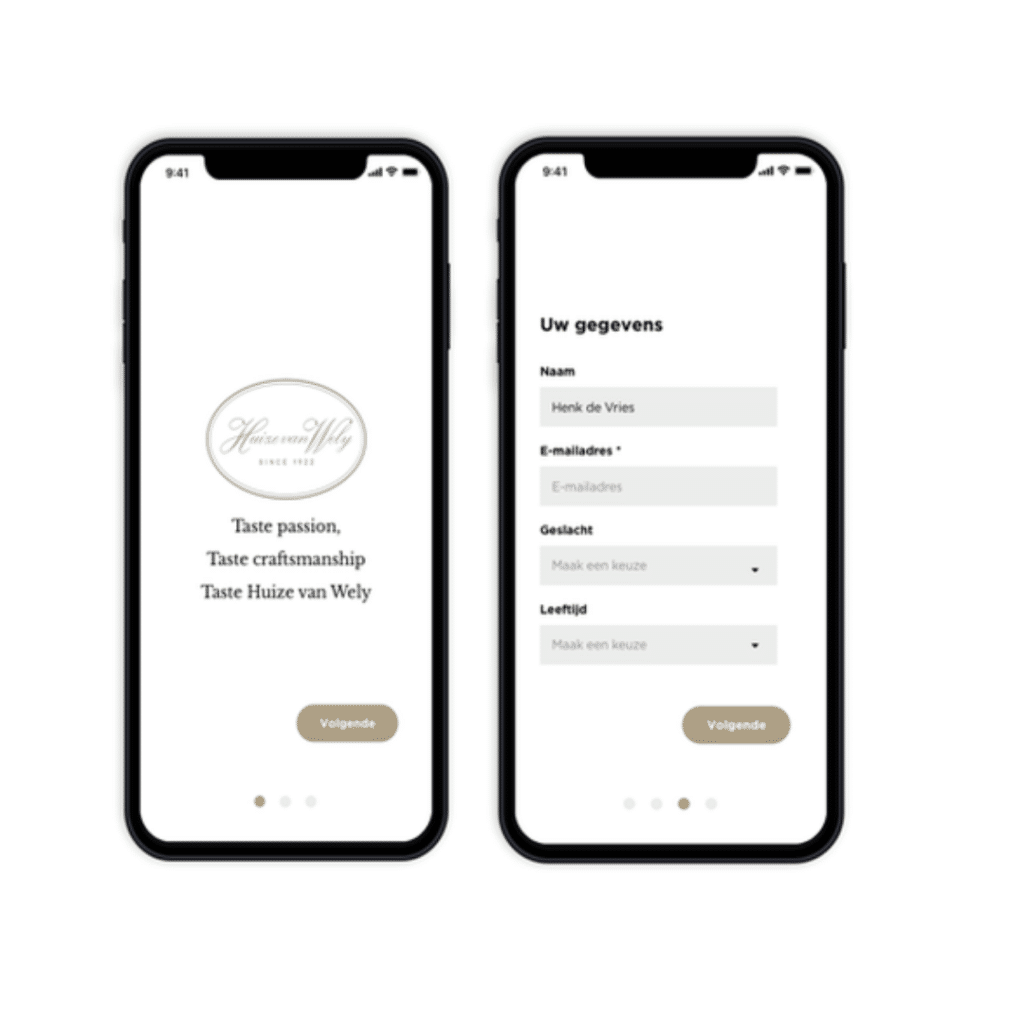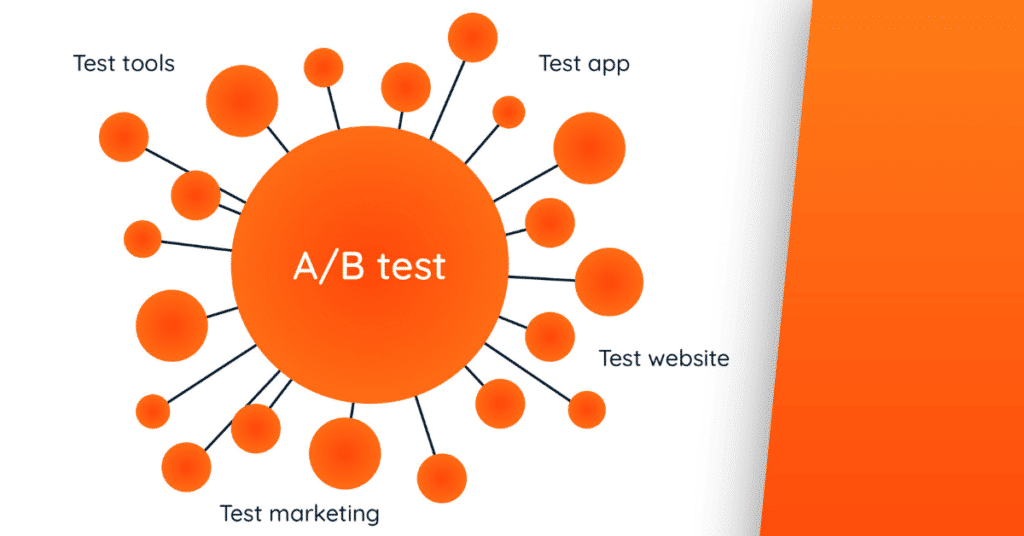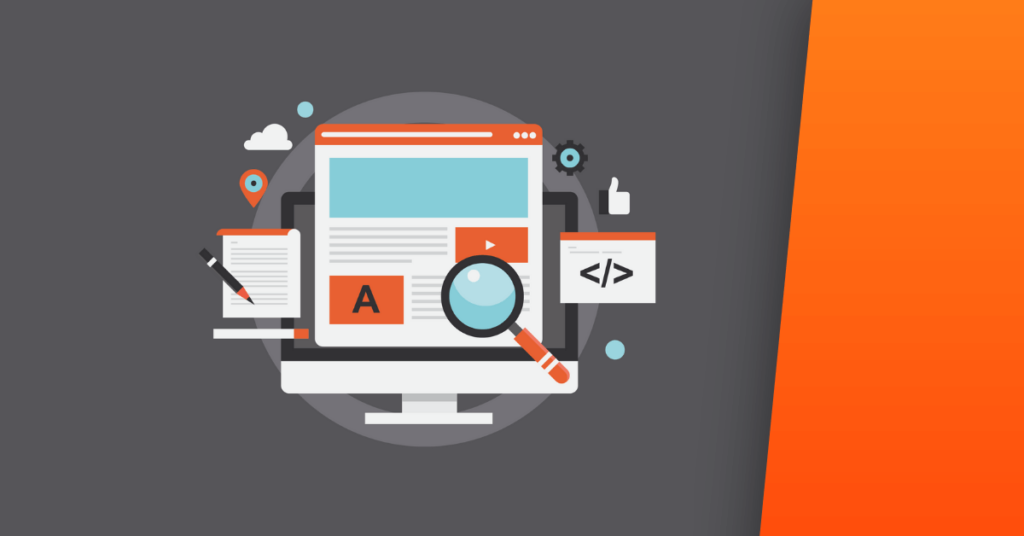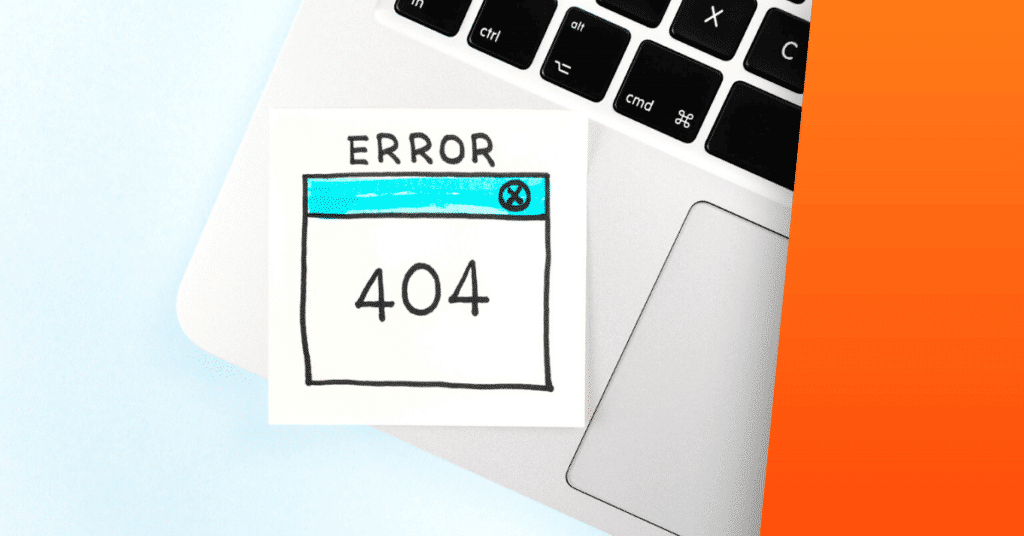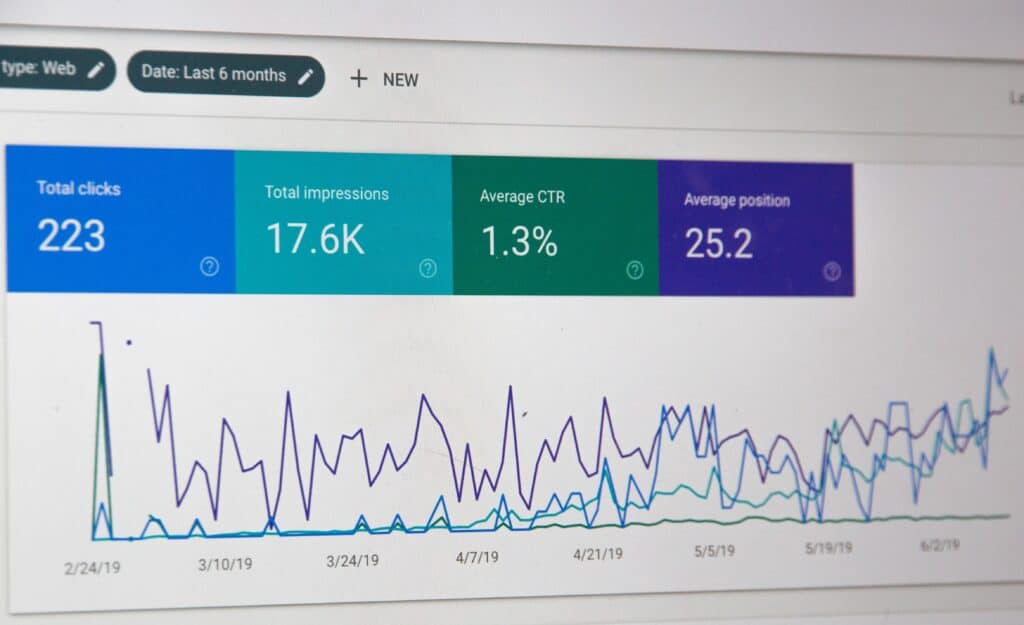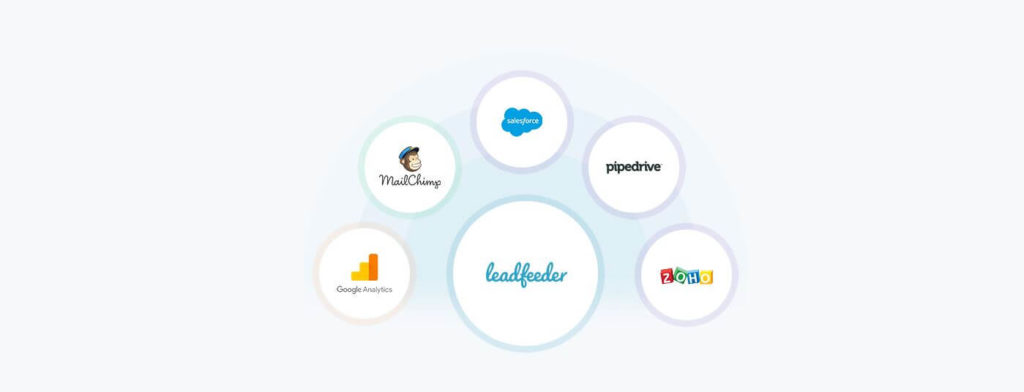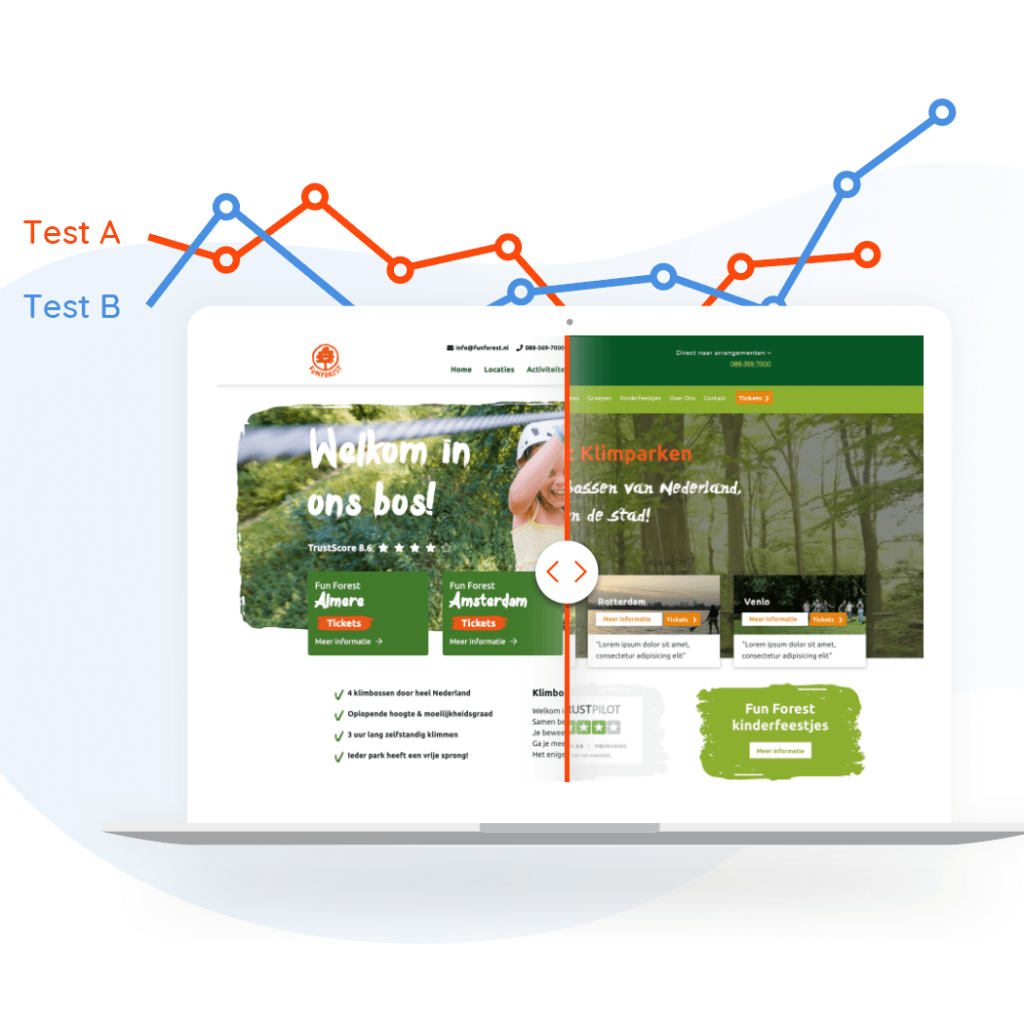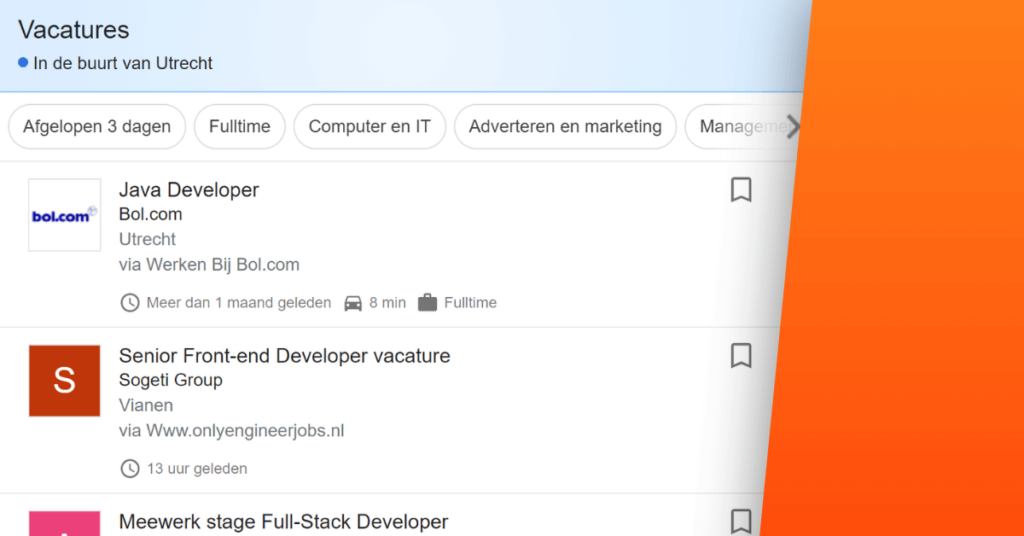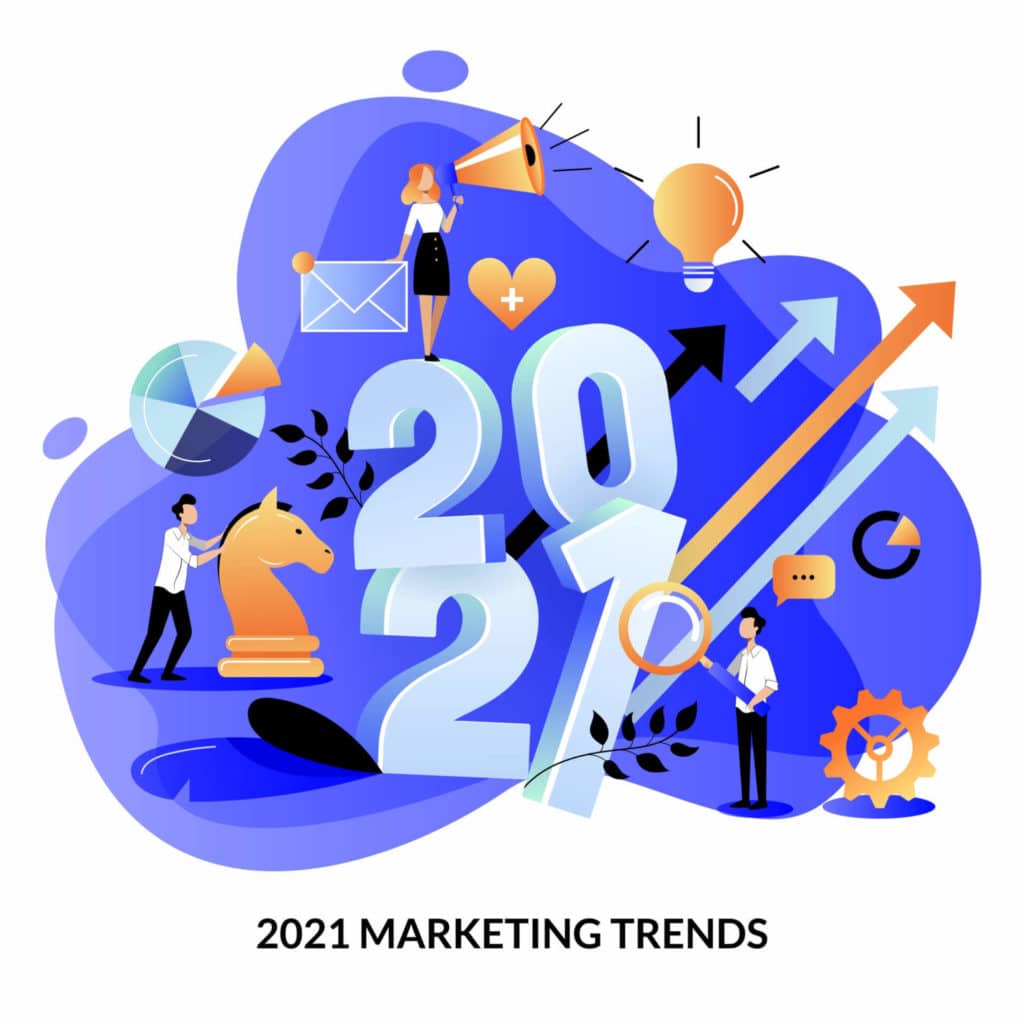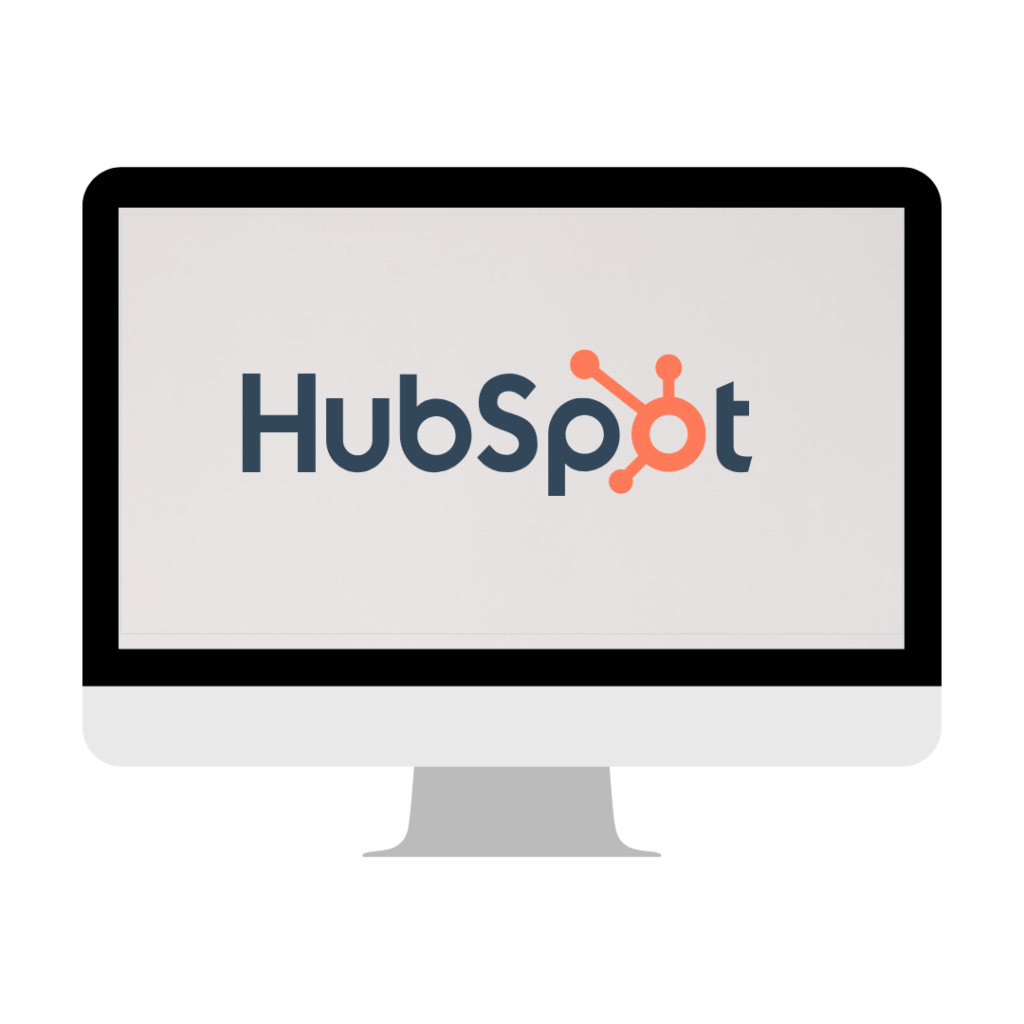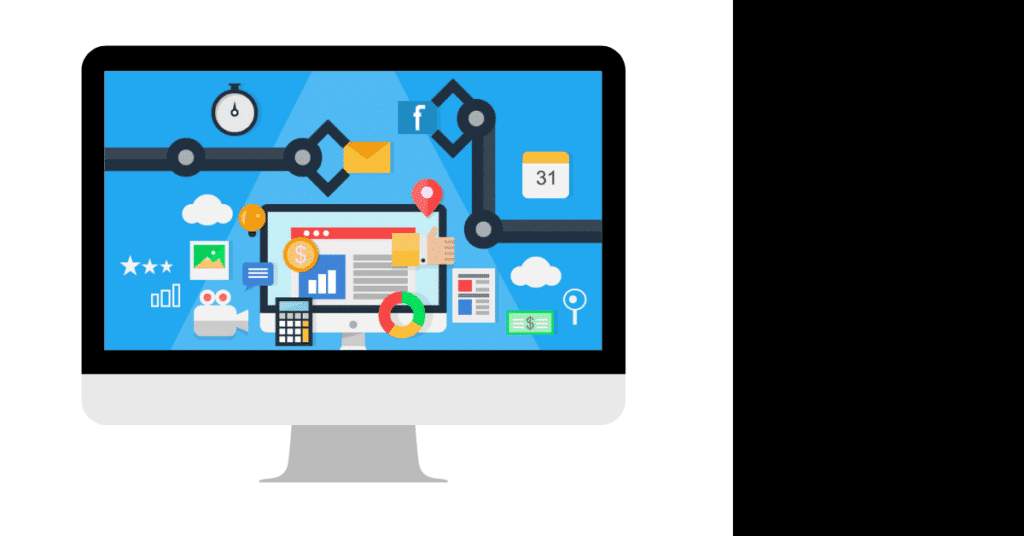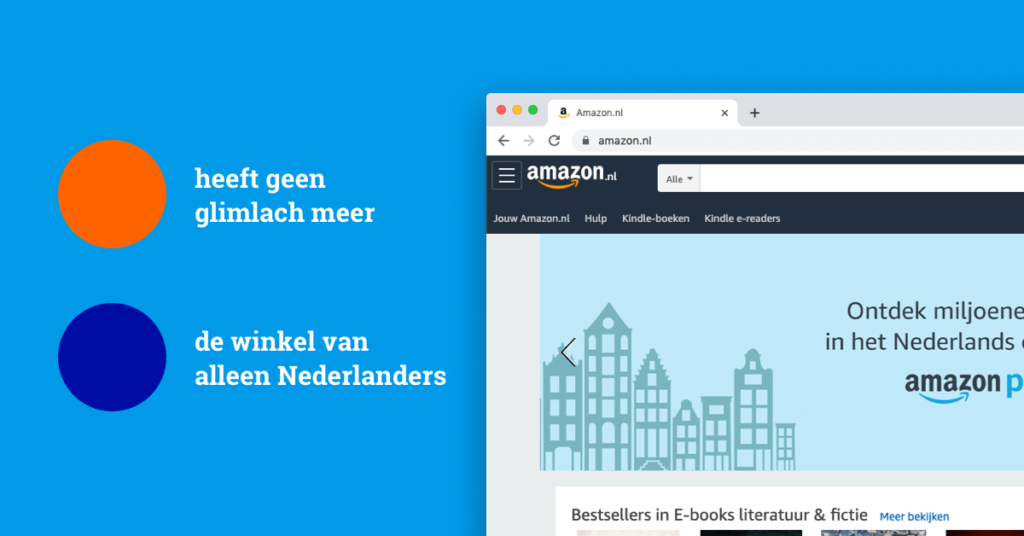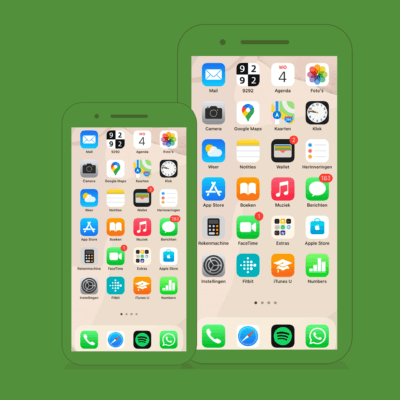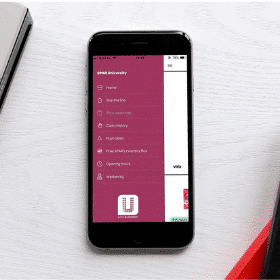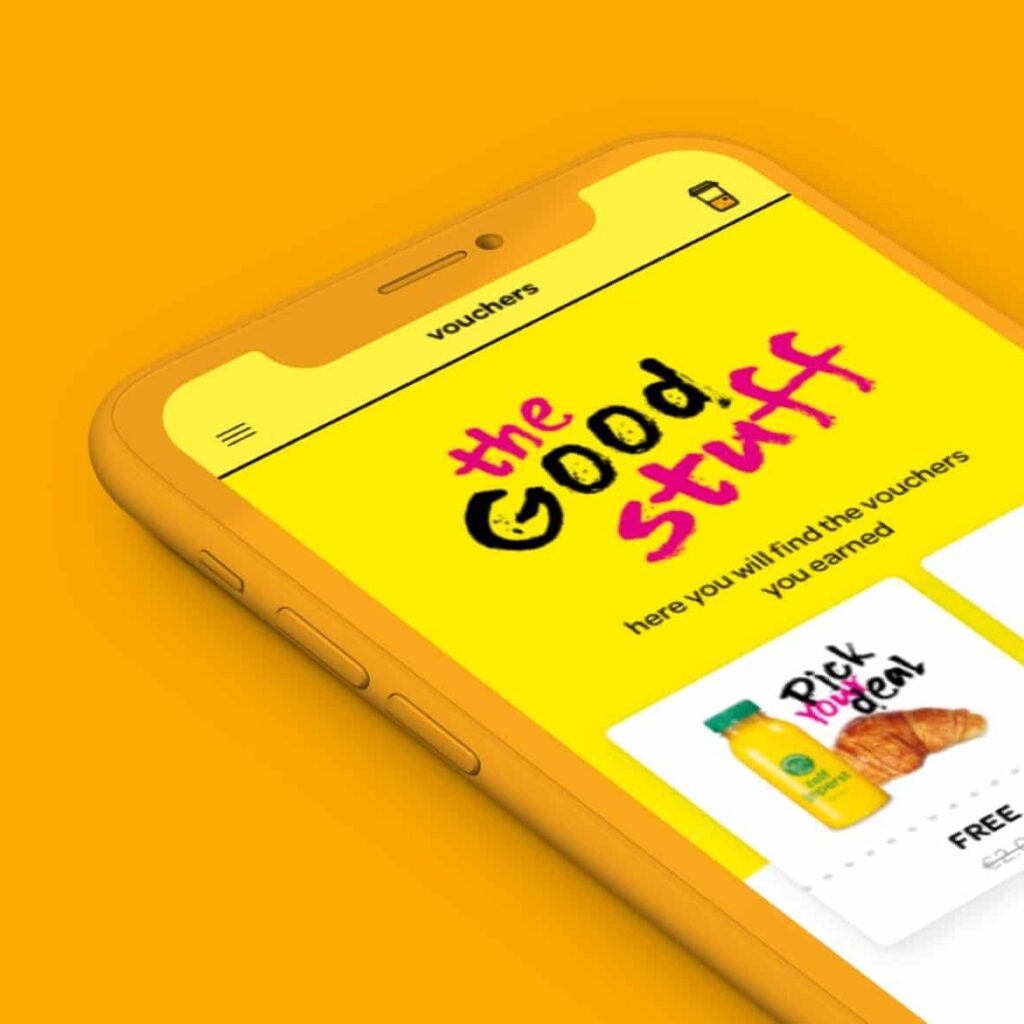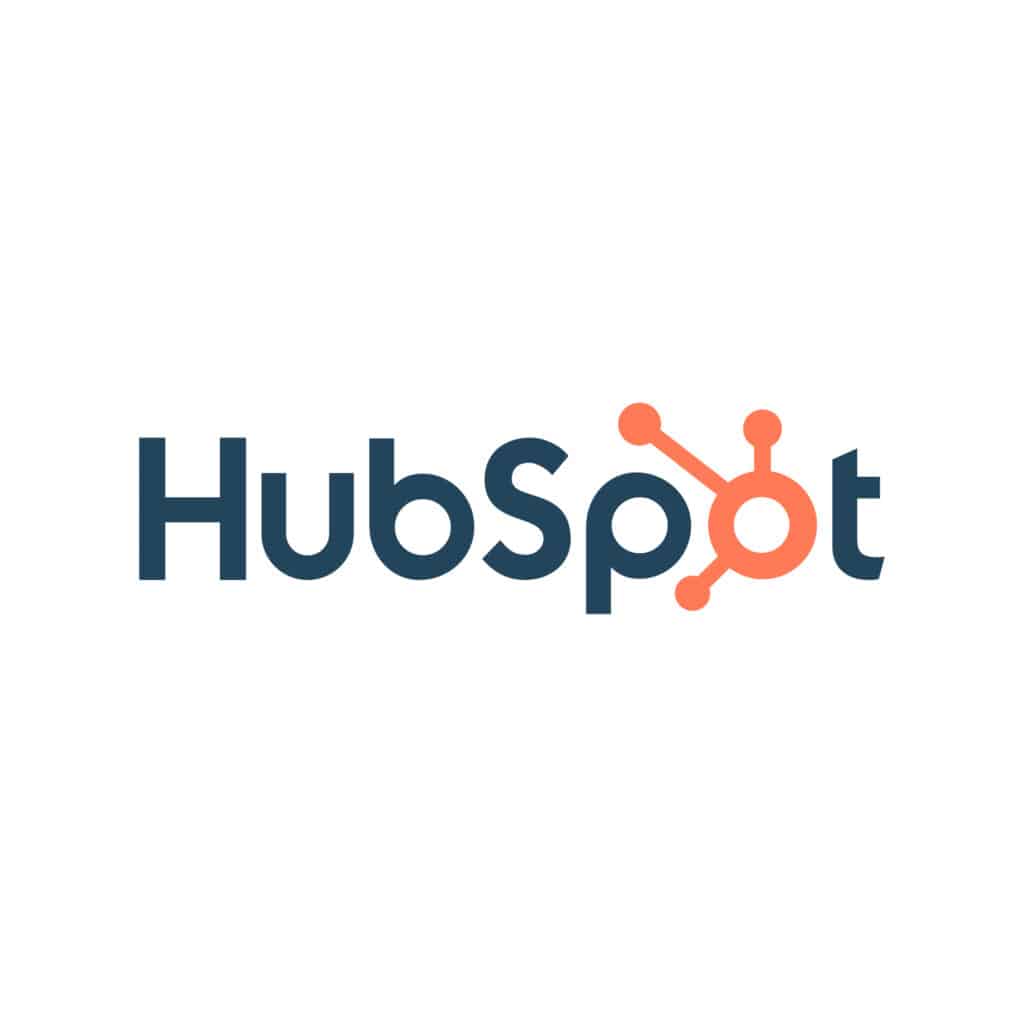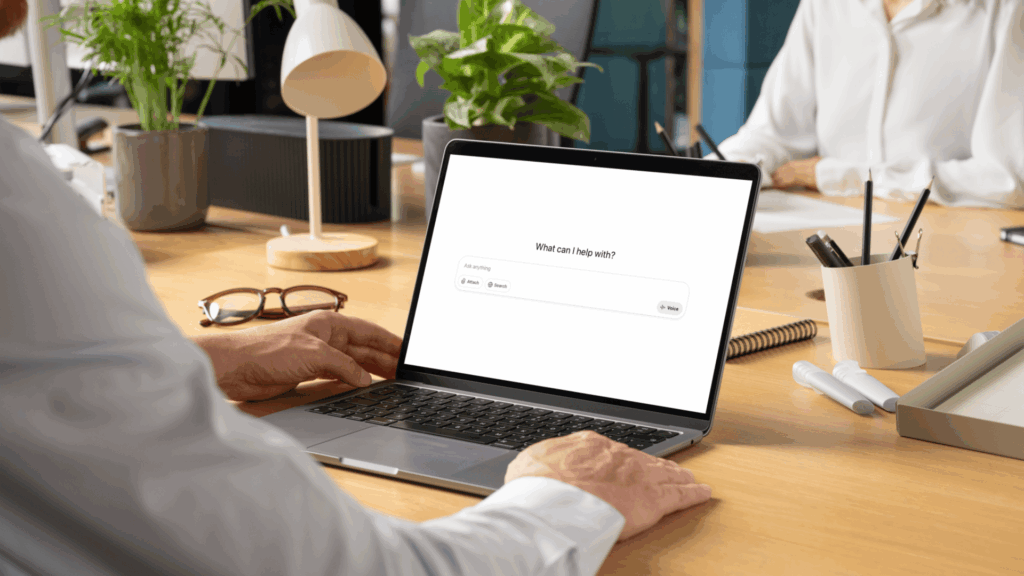
Email marketing is a powerful tool to generate more leads. Are the results still disappointing or are you not quite sure where to start? In this blog we list the most important best practices. Follow these best practices for a good foundation and you will see your results soar!
Build a healthy email list
A good start is half the work. Before you can send emails, you must have an email list. Build this list by, for example, placing registration forms on your website or by asking customers if they want to subscribe to your newsletter, for example when they place an order or via organic social media updates.
Don't have a list yet, but would you like to start quickly? A big no go is buying contacts. Not only will you be stuck with a list that hasn't voluntarily subscribed to your marketing emails, keeping open rates low and unsubscribes high. Current privacy legislation also requires the consent of each European recipient before you contact him or her. You guessed it, this is not the case with purchased frames.
Clean your database regularly
Some people will never open your emails, even though they stay logged in. It may seem tempting to email as many people as possible to increase your reach, but keeping inactive subscribers negatively impacts your results. It is therefore important to regularly review your database and remove inactive subscribers to maintain the quality of your campaigns. First give people a chance with a re-engagement email or inform them that you are going to unsubscribe them because of their inactivity. You can also automate this with a workflow that gradually moves inactive subscribers to a less frequent email list based on activity. This prevents you from bombarding subscribers with emails they don't want to read and helps you keep your lists clean.
Personalize your emails
Writing personalized emails is an effective way to increase subscriber engagement and improve conversion. By taking into account the interests and needs of your target audience and addressing them in a personal way, you can ensure that your emails are opened, read and converted better. Below you will find our 4 most used techniques.
Use personalized subject lines:
A personalized subject line can help grab the recipient's attention and get the email opened. For example, you can use the name of the recipient or write down another personal message.
Segmentation:
Segmentation means dividing your email list into different groups based on different criteria, such as demographics or purchase history. This allows you to send targeted and relevant emails to different target groups, which leads to higher engagement and more conversion.
Dynamic Content:
Dynamic content means that you show different content to different recipients, based on the information you have about your target audience. This could mean, for example, making different product recommendations based on the recipient's purchase history.
Personalization of sender and content:
In addition to personalizing the subject line and preview text, you can also personalize the sender. Literally by adding a sender and none info@ of no reply use email address. This makes the email more personal and increases the chance that the recipient will open the email. This can be a fictitious or real person, but make sure that people who email back get a response back.
Provide relevant content
A tip, but make sure that the content of the email is, in addition to being personal, also relevant to the recipient. Tailor the content to the stage of the customer journey the recipient is in. For example, offer exclusive offers to existing customers and informative content to leads. Getting an email 3 times a week in which you try to force a purchase will not help you in the end. Try to help and educate your customer with relevant personalized content nudging to a purchase.
Test your subject lines and calls to action
An attractive subject line can get more people to open your emails. Make sure your subject line is short, sweet, and relevant.
If you can't seem to increase your email open and click-through rates, a few things could be wrong: you're not sending to the right people or the content needs improvement. Start by focusing on the latter and run an A/B test.
A/B testing can be used to test and improve almost every part of your emails. In an email, this test splits your recipients into two groups: group A receives the regular newsletter, while group B receives the newsletter with a specific variation. This variation tests to see if your audience would be more or less likely to take an action based on that element.
Depending on the tools you use, you can test for everything from the subject line to the call-to-action and everything in between. Start simple: you can change the color of your CTA from red to green to see if your email's click-through rate is increasing. Work through the different elements of your email that way. Note: test 1 thing at a time, otherwise you won't be able to measure which change led to a higher or lower conversion rate.
Optimize for mobile
More and more people are reading emails on their mobile device – up to three times more often than on desktop! Therefore, make sure that your emails are optimized for mobile use. Always use a responsive design and make sure the content is easy to read on a small screen.
That also means optimizing for above construction – the information visible to the reader before they scroll down. While recent research suggests consumers are scrolling more than they used to — due to social media and vertical timelines — content above the fold still gets the most attention. Eye tracking research from Neilsen Norman Group has shown that consumers spend 57% of their viewing time on content above the fold. This percentage drops dramatically to 17% on the second full screen view and gradually decreases as they scroll.
With this fact in mind, it is advisable to place your message and CTA above the fold. This is the first thing your recipients see when they open your email, increasing your conversion rate. Are you in doubt? First, run an A/B test to test this hypothesis and see if it works for your target audience.
Use a clear call to action
A clear call-to-action can ensure that more recipients take action after reading your email. Make sure your call-to-action stands out and it's clear what the recipient needs to do. Do you really want to do well? Then describe what they get with your call-to-action. For example, change 'Order now' to 'Receive Product X'.
Send emails at the right time and choose the right frequency
The timing of your emails is important to the success of your email campaigns. Send your emails at a time when your recipients are likely to check their inboxes, such as on a weekday around noon or on the weekend; popular days are Tuesday, Thursday and Saturday.
It is important not to send emails too often. This can make recipients feel overwhelmed and unsubscribe from your email list. Therefore, keep a consistent and appropriate schedule.
Following these best practices will help you optimize your marketing emails and generate more leads. Make sure you personalize your emails, provide relevant content and optimize for mobile. But don't forget to measure and analyze your results to understand performance and make adjustments where necessary. By regularly testing and experimenting you can optimize your email marketing even further and improve the results.
Email marketing can be a powerful tool to generate leads and engage customers. Do you want advice about or help with your online marketing? Social Brothers will help you! Contact us via the module at the bottom of this page or visit our Contact page.
Help us, what do you think?
Thank you, your feedback has been received!
Thank you, your feedback has been received!

